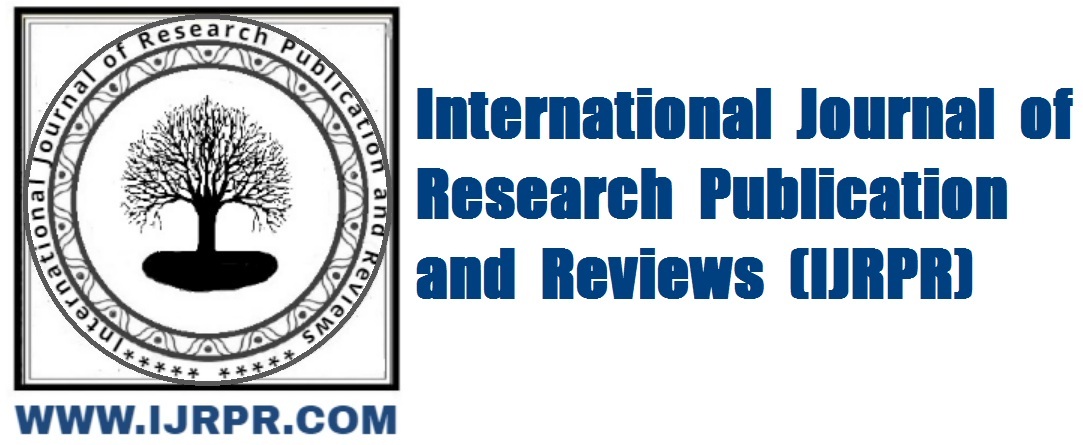Application of K-Means Clustering to Enhance the Quality Control and the Impact of the Productivity in the Apparel Industries
Author
S M Masum Alam
Abstract
Fabric inspection systems for measuring the quality are an essential part of producing best quality product in an apparel industry. The object of the research work is to analyze the acceptable fabric grade point based on the fabric grade points category using k-means clustering and their impact on the production. By applying the machine learning tools k-means clustering we categorized that hundred unsupervised data in three groups (A, B and C) based on acceptable grade points, of up to 15 (A), 15 to 30 (B), and 30 to 40 (C) respectively. The upper grade fabric can be consumed to produce better products. Thus, we can improve customer satisfaction as well as positive impact on the apparel manufacturing efficiency on both quality and quantity.
Keywords
Machine Learning, Apparels, Textile, Regression, K-Means Clustering,
DOI : https://doi.org/10.55248/gengpi.2022.3.9.19
Full Text:
References
1.
Abou-Taleb, H. A., Tallah, A., &Sallam, M.
(2008). ON-LINE FABRIC DEFECT DETECTION AND FULL CONTROL IN A CIRCULAR KNITTING
MACHINE. In AUTEX Research Journal (Vol. 8).
http://www.autexrj.org/No1-2008/
2.
Arıkan, C. O. (2019). Developing an intelligent
automation and reporting system for fabric inspection machines. TekstilveKonfeksiyon,
29(4), 86–93. https://doi.org/10.32710/tekstilvekonfeksiyon.491362
3.
Banumathi, P., &Nasira, G. M. (2012).
Fabric Inspection System using Artificial Neural Networks. International
Journal of Computer Engineering Science (IJCES), 2(5).
https://sites.google.com/site/ijcesjournalhttp://www.ijces.com/
4.
Goyal, A. (2018). Automation in fabric
inspection. In Automation in Garment Manufacturing (pp. 75–107).
Elsevier Inc. https://doi.org/10.1016/B978-0-08-101211-6.00004-5
5.
Tong, L., Wong, W. K., &Kwong, C. K.
(2017). Fabric Defect Detection for Apparel Industry: A Nonlocal Sparse
Representation Approach. IEEE Access, 5, 5947–5964. https://doi.org/10.1109/ACCESS.2017.2667890
6.
Wijayono, A., Mahure, J., & Kulkarni, Y. C.
(n.d.). Related papers FABRIC FAULTS PROCESSING: PERFECTIONS AND
IMPERFECTIONS. www.tjprc.org
7.
Yuen, C. W. M., Fung, E. H. K., Wong, W. K.,
Hau, L. C., & Chan, L. K. (2008). Application of smart system to textile
industry: Preliminary design of a smart hanger for garment inspection. Journal
of the Textile Institute, 99(6), 569–580.
https://doi.org/10.1080/00405000701660160
8.
Yuen, C. W. M., Wong, W. K., Qian, S. Q., Chan,
L. K., & Fung, E. H. K. (2009). A hybrid model using genetic algorithm and
neural network for classifying garment defects. Expert Systems with
Applications, 36(2 PART 1), 2037–2047.
https://doi.org/10.1016/j.eswa.2007.12.009
9.
Zhu, Q., wu, M., li, J., & Deng, D. (2014a).
Fabric defect detection via small scale over-complete basis set. Textile
Research Journal, 84(15), 1634–1649.
https://doi.org/10.1177/0040517514525880
10. Zhu, Q., wu, M., li,
J., & Deng, D. (2014b). Fabric defect detection via small scale
over-complete basis set. Textile Research Journal, 84(15),
1634–1649. https://doi.org/10.1177/0040517514525880
Share your valuable work from Social Media Buttons

